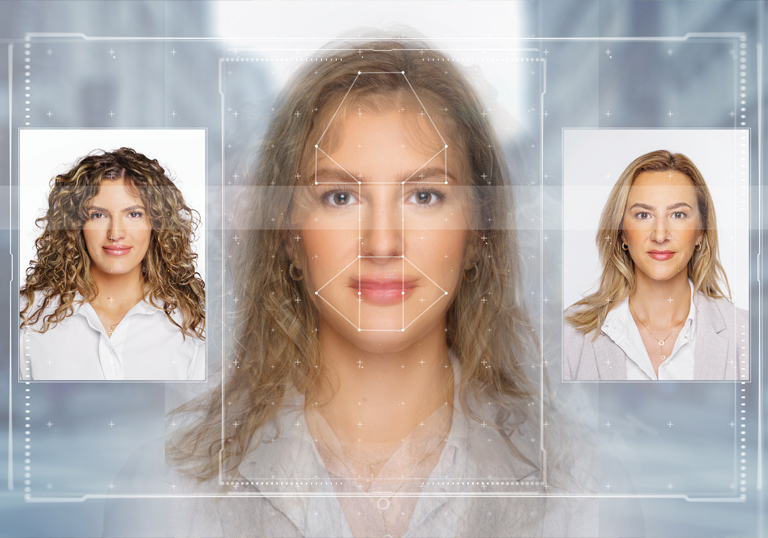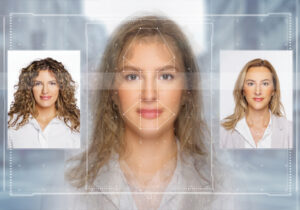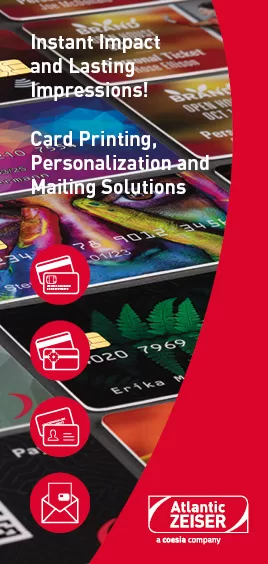
by Jennifer Kohlhepp | CM Magazine Featured
Biometric ID Cards Gain Momentum
By David Tushie, Magellan Consulting Inc., ICMA Standards and Technical Representative

At this year’s annual ICMA EXPO in Orlando, Florida, I was struck by the number of presentations and discussions centered on biometrics in cards. While payments have captured much of the attention in recent developments, it is apparent that there is large momentum in the ID card market as well.
Biometric elements in cards have been posited as much stronger cardholder authentication than, for example, signature or PIN/password. Both the ID card itself and the cardholder need to be authentic to ensure the integrity of the overall ID system, particularly where security is paramount. Consequently, an emphasis is placed on design and production of security elements in the card body itself and in cardholder authentication. Only then can the system operator assure that the ID card presented at any point of use is valid within their system and that the cardholder is the rightful user of that ID card.
The range of applications for ID cards is broad. On one end are the relatively low security membership and loyalty cards to the other end where highly secure government and corporate ID cards can provide both physical and logical access to buildings and computer systems. On this more secure end of the spectrum, it is critical to ensure that such credentials cannot be easily duplicated and to readily detect those counterfeit cards when such duplication is attempted. Similar focus is now being applied to the authentication of the cardholder. While a photo has typically been the biometric employed in such ID cards, all of us are familiar with the uncertainty of a visual comparison. A machine-read biometric reduces this uncertainty immensely, whether it is a fingerprint, face recognition, retinal scan or similar biometric.
Applications in the ID card market can be:
- Corporate campus physical and logical access control. Especially those in highly competitive industries and/or government contractors.
- Government sectors, particularly those using and/or generating government secret documents and using secret facilities.
- Research institutions.
- Universities and school campuses where physical and virtual identities need to be authenticated before access is allowed.
We are seeing a number of these types of implementations with biometric cards. National ID cards, drivers’ licenses, national health care cards, corporate physical and virtual ID cards and university/school IDs can all be considered for biometric elements for stronger cardholder authentication. This adds an additional layer of security on top of their already strong card body security elements. Card manufacturers in each of these card application areas need to start preparing for how they will be adapting their manufacturing processes and equipment to incorporate these electronic elements.
About the Author: David Tushie, ICMA standards and technical representative, has had a long and continuing career in the card industry, working for international companies such as DataCard, UbiQ and NBS Technologies. He has master’s degrees in engineering and business, holds U.S. and international patents in measurement and card issuance systems and has had several years of involvement with the ANSI, INCITS and ISO Standards process. ICMA is represented at six ISO and ANSI Standards Meetings through David’s standards role within the association.





